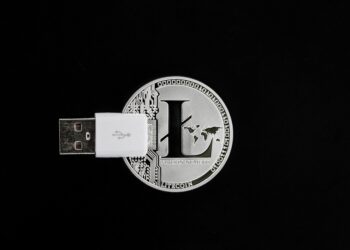In recent years, there has been increasing concern over the environmental impact of cryptocurrency mining, specifically the Proof of Work (PoW) method. PoW mining is the process by which new transactions are added to a blockchain network through complex mathematical computations. This method requires miners to use large amounts of computational power, which in turn consumes significant amounts of energy.
One of the main environmental issues associated with PoW mining is its high energy consumption. According to a study by the University of Cambridge, the annual electricity consumption of the Bitcoin network alone is estimated to be around 121 terawatt-hours (TWh), which is equivalent to the energy consumption of entire countries like Argentina or the Netherlands. This massive energy consumption has raised concerns about the environmental impact of PoW mining, particularly in terms of carbon emissions.
The use of fossil fuels to generate the electricity needed for PoW mining also contributes to air pollution and greenhouse gas emissions. In regions where coal or other fossil fuels are the primary sources of energy, the environmental impact of PoW mining can be particularly severe. This has led to criticism from environmental advocates who argue that the energy consumption of cryptocurrency mining is unsustainable and harmful to the planet.
In response to these concerns, some cryptocurrency projects have begun exploring alternative consensus mechanisms that are more energy-efficient. One such alternative is Proof of Stake (PoS), which requires validators to hold a certain amount of cryptocurrency as collateral in order to participate in the mining process. PoS mining is generally considered to be more energy-efficient than PoW mining, as it does not require the same level of computational power.
Another potential solution to the environmental impact of PoW mining is the use of renewable energy sources. Some cryptocurrency mining farms have started to transition to renewable energy sources like solar or wind power in an effort to reduce their carbon footprint. However, the feasibility of using renewable energy for cryptocurrency mining on a large scale remains a challenge, as the intermittent nature of these energy sources can make them less reliable for continuous mining operations.
Overall, the environmental impact of PoW mining is a complex and multifaceted issue that requires further research and innovation to address. While there are promising alternatives like PoS mining and renewable energy adoption, the cryptocurrency industry as a whole needs to continue exploring sustainable practices to minimize its environmental footprint. By taking proactive steps to reduce energy consumption and carbon emissions, the industry can move towards a more sustainable and environmentally-friendly future.








